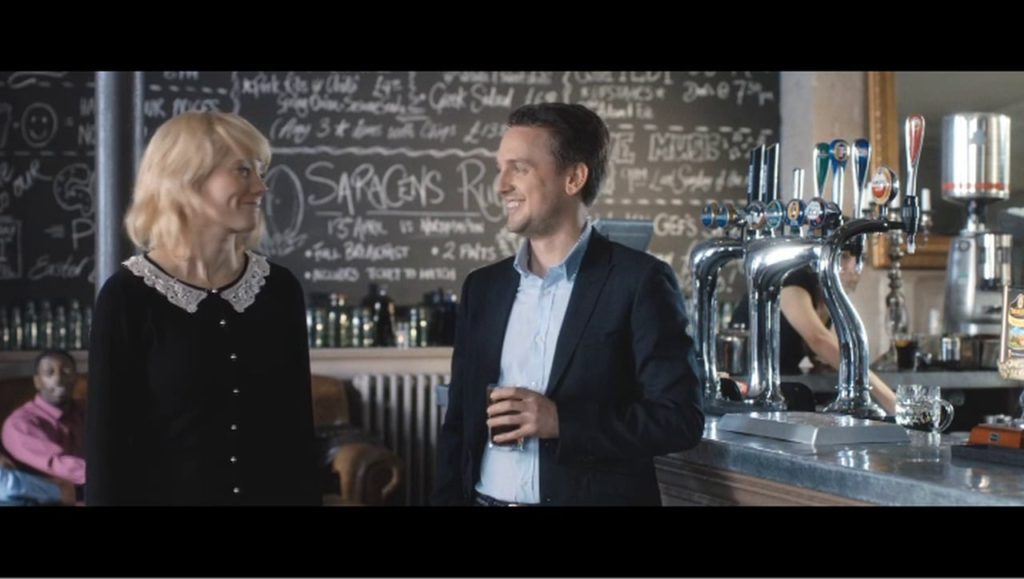There is no doubt that being a photographer is often easier said than done. If you’re not skilled and do not learn to improve your skills, you’ll never be able to become a great photographer. Of course, it is also pertinent to realize that each situation is unique. While you might be amazing at shooting bright scenes, you may have very little experience with dark settings. This can make it very difficult for you to shoot beautiful dark scenes. The good news is that improving your skills isn’t overly difficult. Below, you will learn how to improve your photography in dark situations.

Eliminating Blur
There is no doubt that blur is going to absolutely ruin your photographs. Blur will make you look like an amateur. Plus, it’ll make it incredibly difficult to get your message across to the viewer. With that being said, you need to do everything humanly possible to get rid of that blur. Blur is bad in bright pictures, but far worse in dark pictures. The good news is that there are numerous ways to solve this problem. First and foremost, you should do everything in your power to keep your equipment stable and steady.
Try to take pictures on a calm day and stabilize your body, so your images are always blur-free.
Long Exposures
Another thing to remember is that exposure makes a world of difference when it comes to dark photographs. Using short exposures is a major no-no. In order to achieve beautiful dark pictures, you need a much longer exposure. Using a longer exposure will help to allow more light into the camera. This will help to ensure that each and every detail of the subject is capture no matter how dark the environment is. Just be very careful with longer exposure, because this will give you more time to shake your camera and cause a blur. Using a tripod can help to eliminate this problem.
Learn About The Flash
Many people believe that the flash setting is key to getting the job done right. This isn’t always the case. Many times, it is best to turn flash off all together. However, there are some specific situations in which flash will prove to be vitally important. You can click here to learn more about shooting in lightning storms. At the same time, you should experiment frequently with the flash setting. Expose yourself to dark settings more frequently and experiment with the flash. Find out for yourself when it works and when it is best avoided.
With time, you will eventually know when flash is needed and when it is not needed.
Choose A Lens With Wide Aperture
When it comes to photographing in the dark, you have to be very careful how you choose your equipment. This is especially true when it comes to the lens. Any expert will tell you that you need a lens with the capabilities to capture images at a lightning fast speeds. If you are familiar with lenses then you probably know exactly what this means. If you are new to the whole lens game you might not have any idea what that statement means. Well, this is referring to the f-number or how wide the aperture is. You must understand that light travels through your lens’s aperture. So, it only makes sense that a lens with a larger aperture will be able to capture more light.
Adjusting The Shutter Speed
Another majorly important setting is the shutter speed. This is basically referring to your camera’s ability to capture light. When you reduce the shutter speed, this allows your camera to take longer exposure shots. However, in order to adjust the shutter speed, you will have to head into the camera’s settings and do it manually. If you are in a pitch-dark area the best setting will probably right around a two-second-exposure setting.


